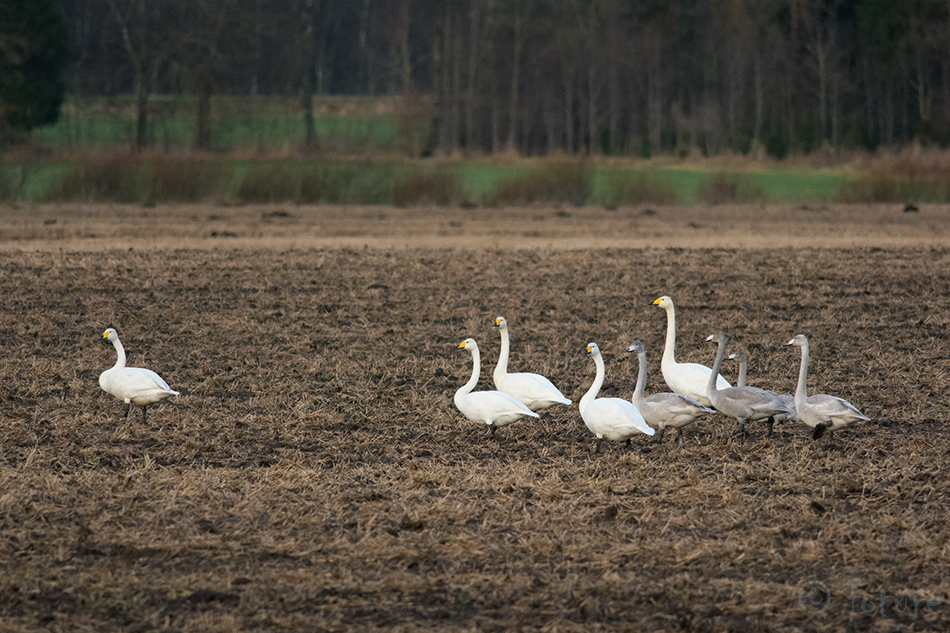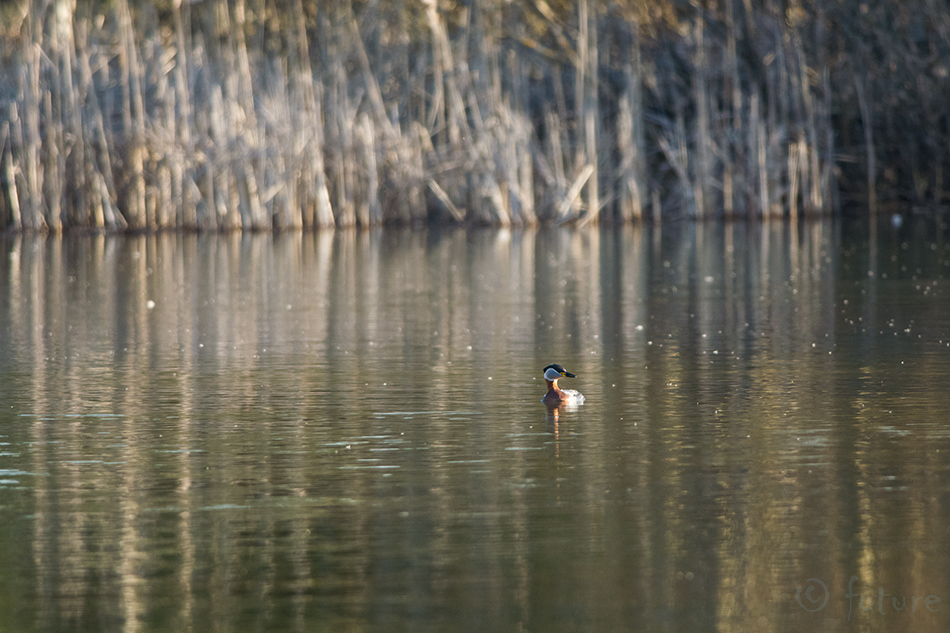
Korra silmi pilgutada ja läinud ta ongi... 2015. aasta siis. Soovin kõigile värvikirevat ja meeleolukat aastalõppu! Sobiliku fotokujundiga toetas tänast postitust napilt kaadrist välja lennanud puna-aara Carara rahvuspargist, Costa Ricast.
Blink and it's gone... The year 2015 I mean. I wish everyone a colorful and joyful New Year's Eve! Suitable figurative photo was provided by a Scarlet Macaw from Carara National Park, Costa Rica.

















































